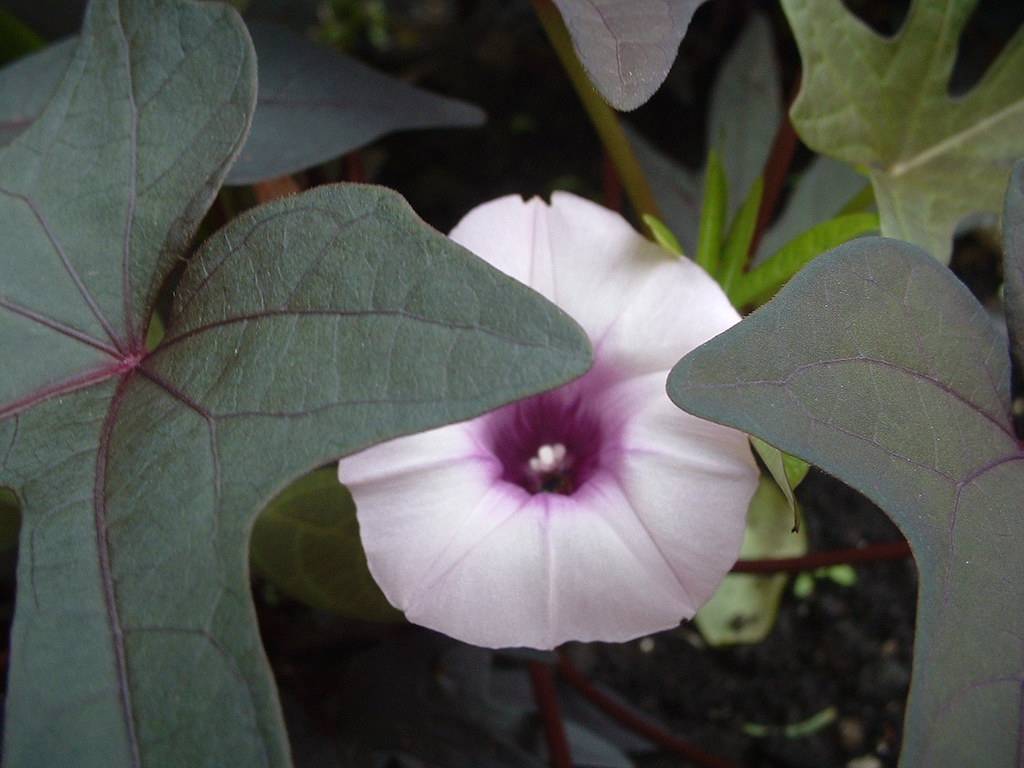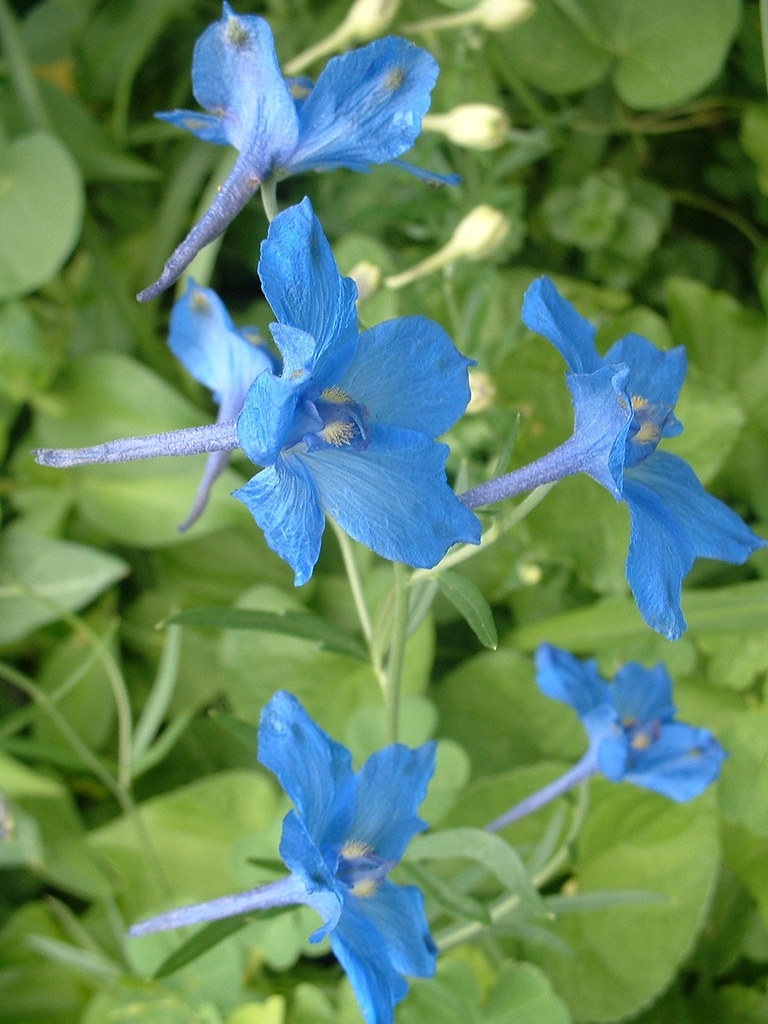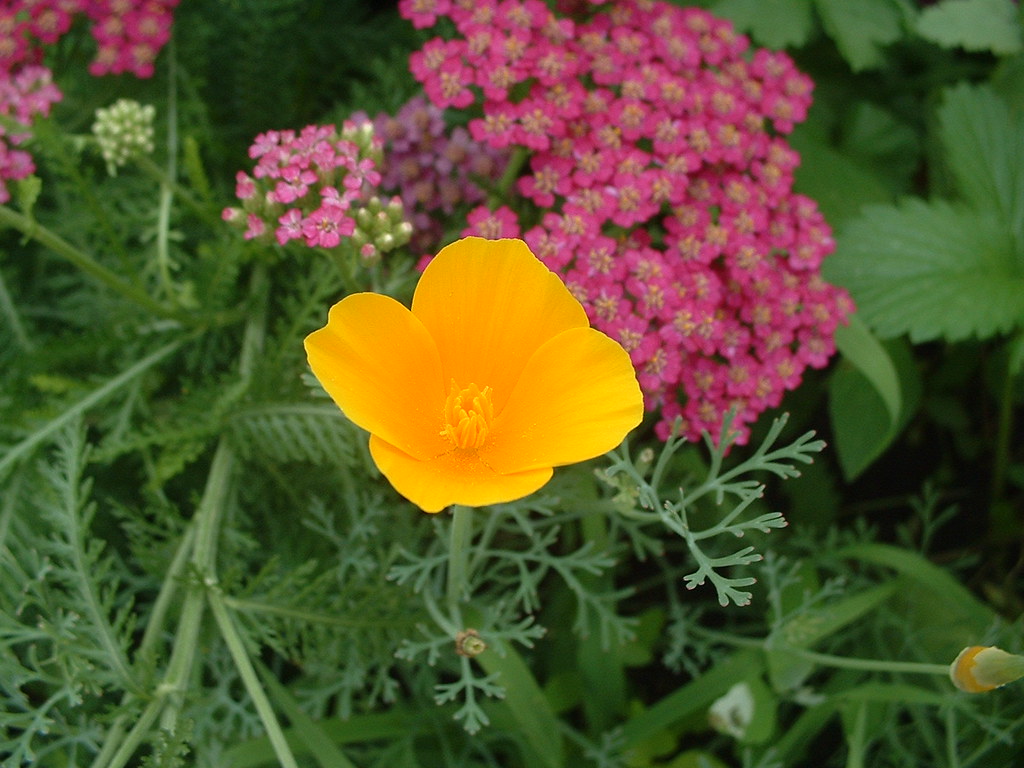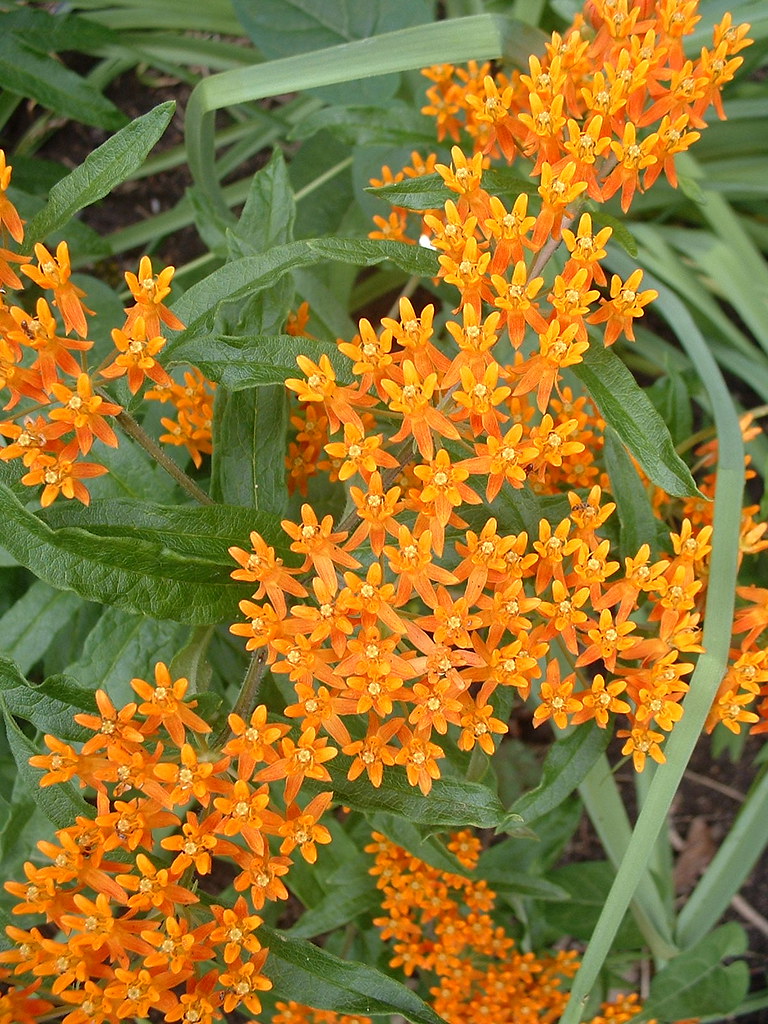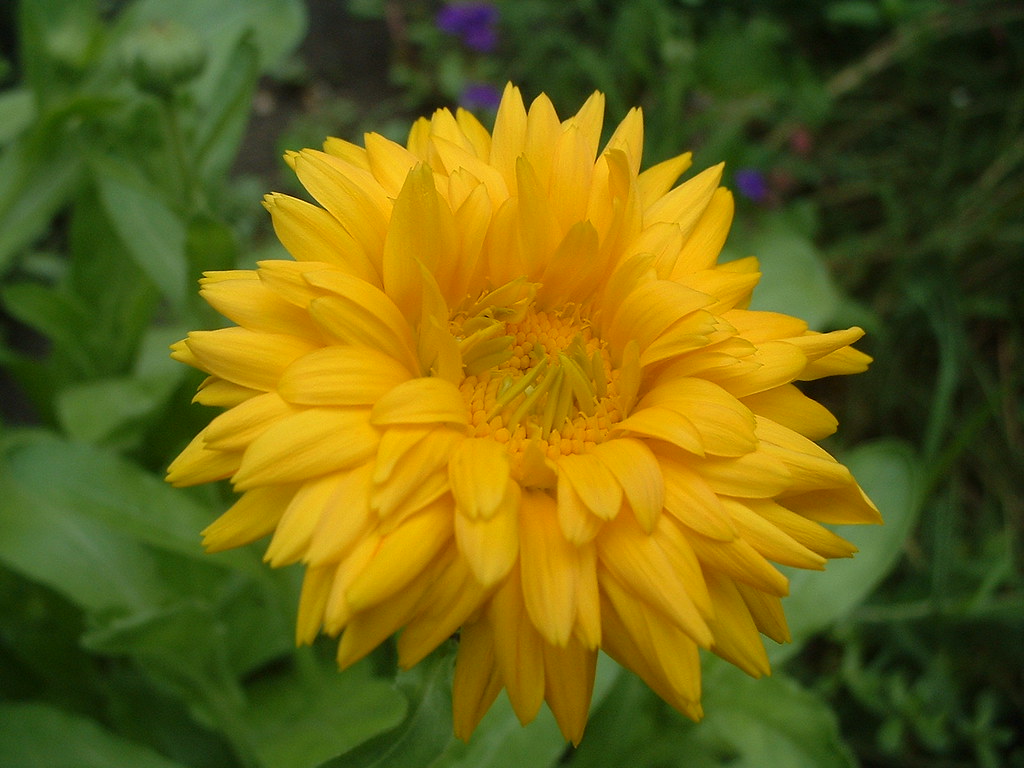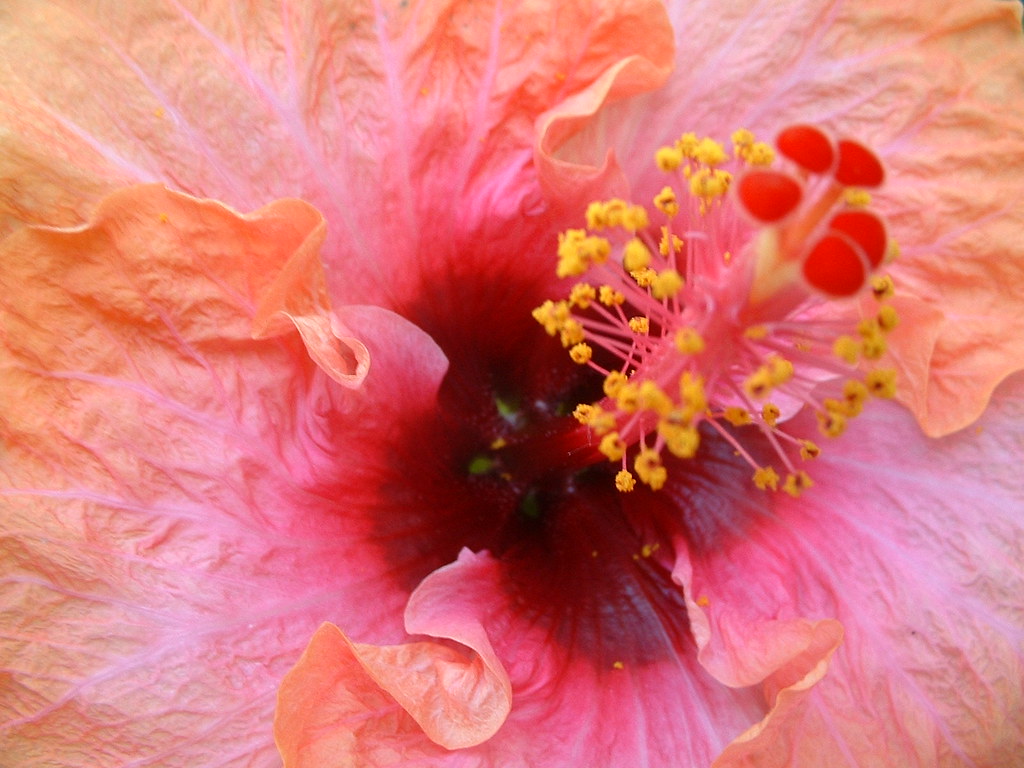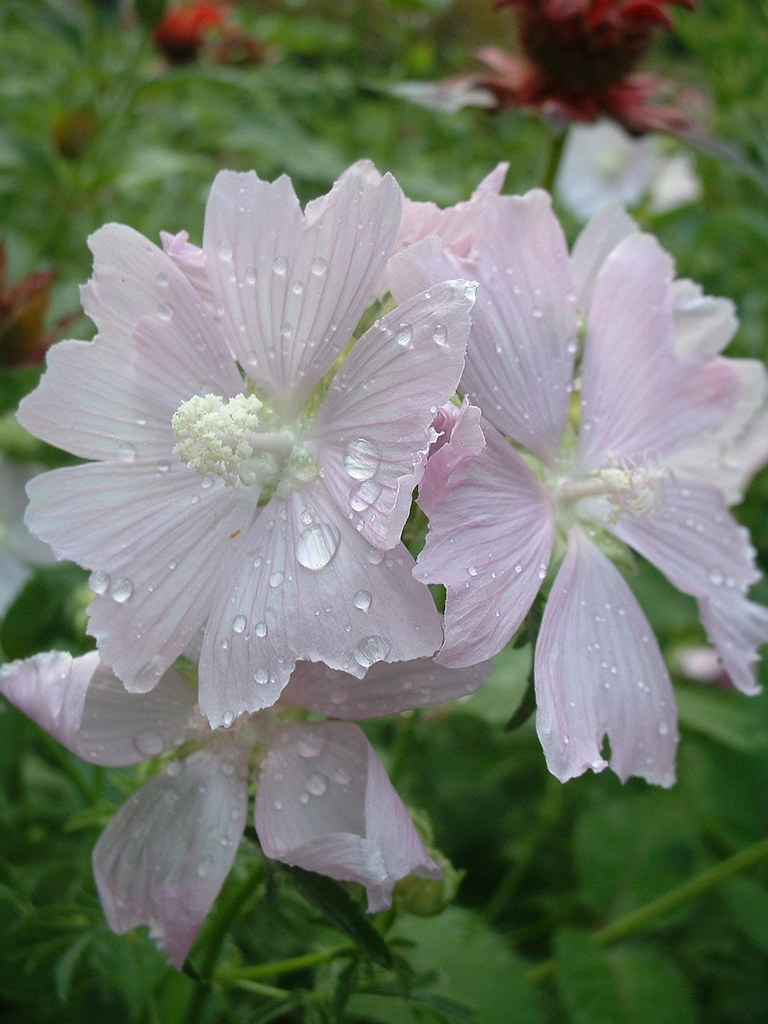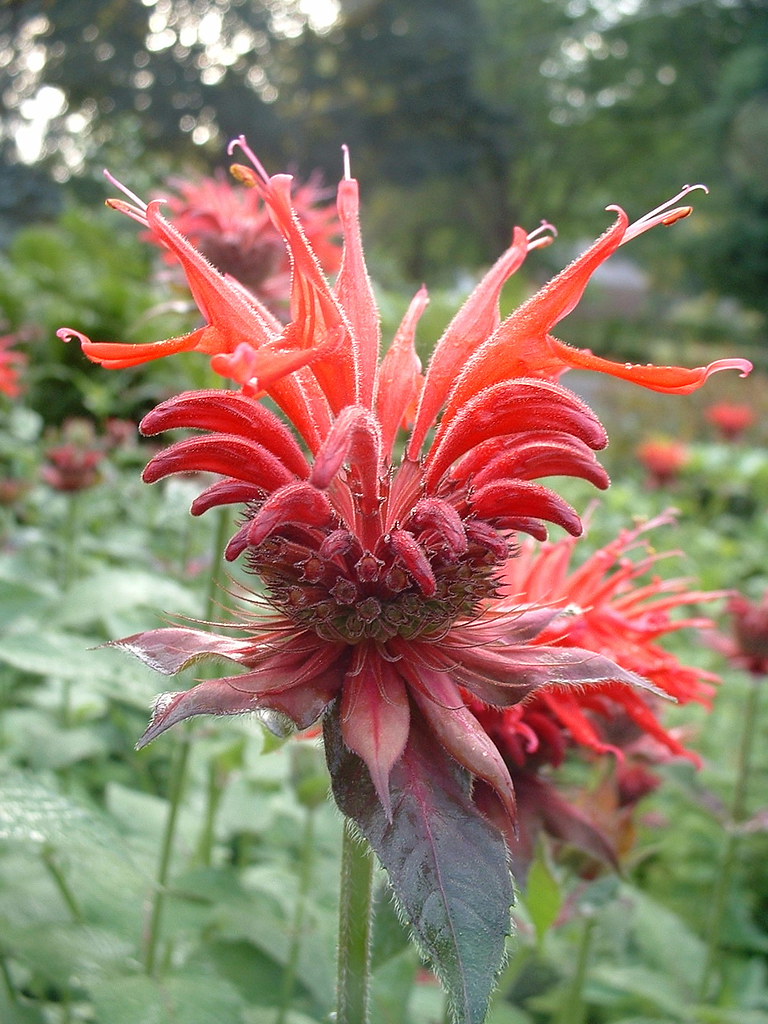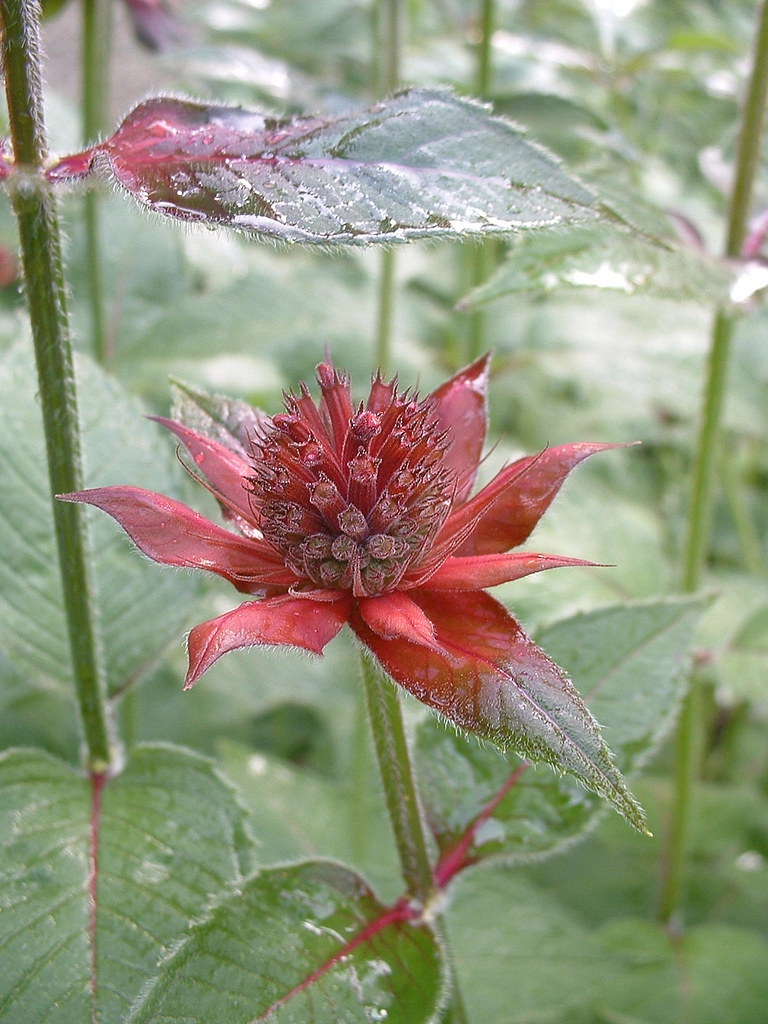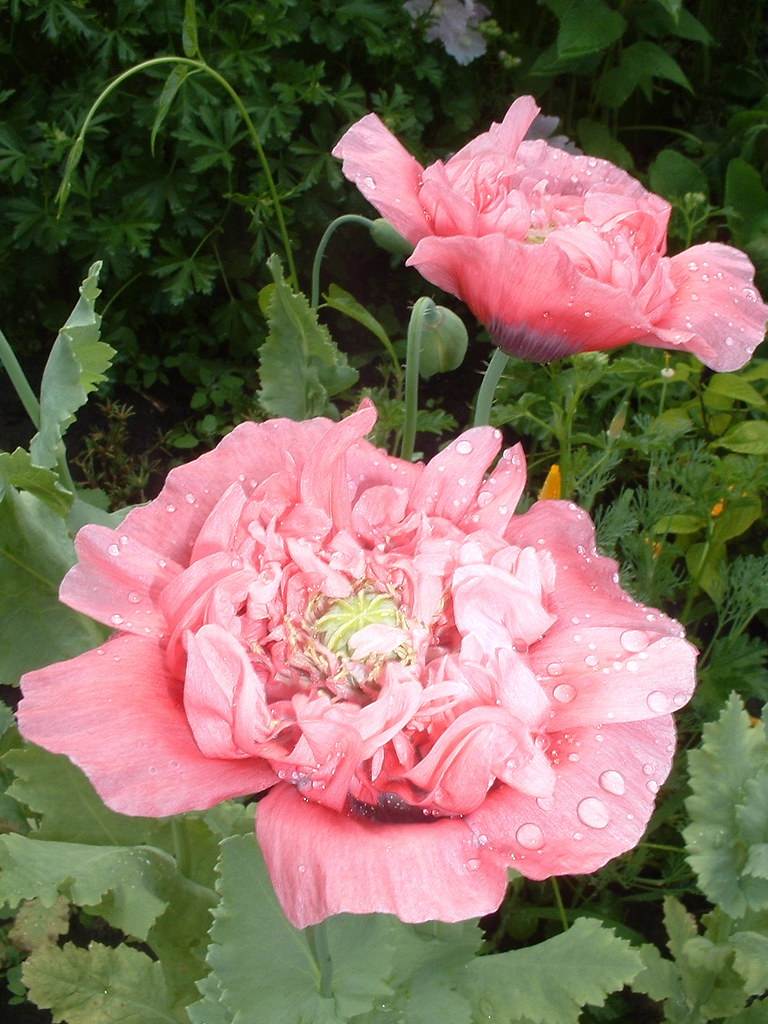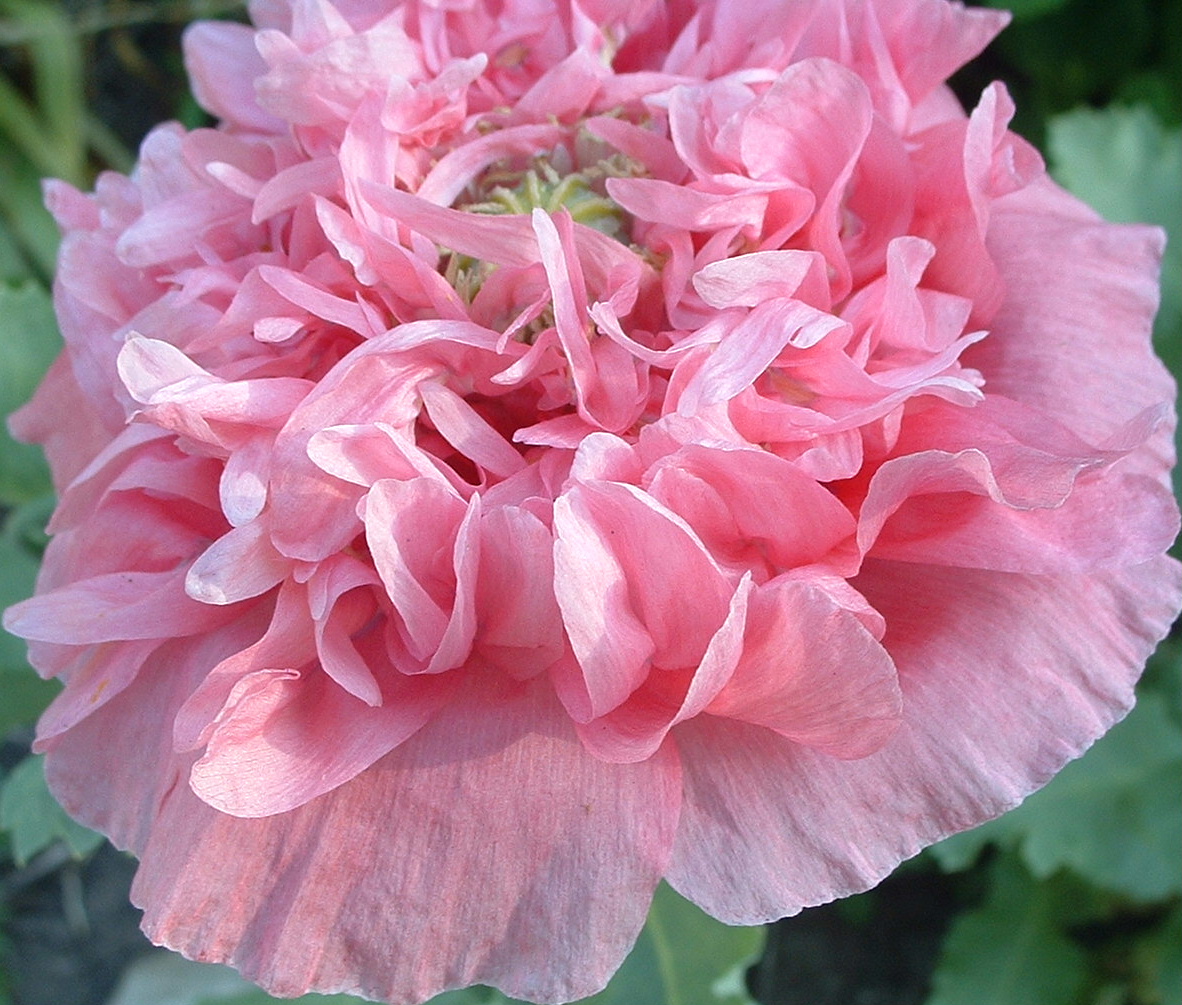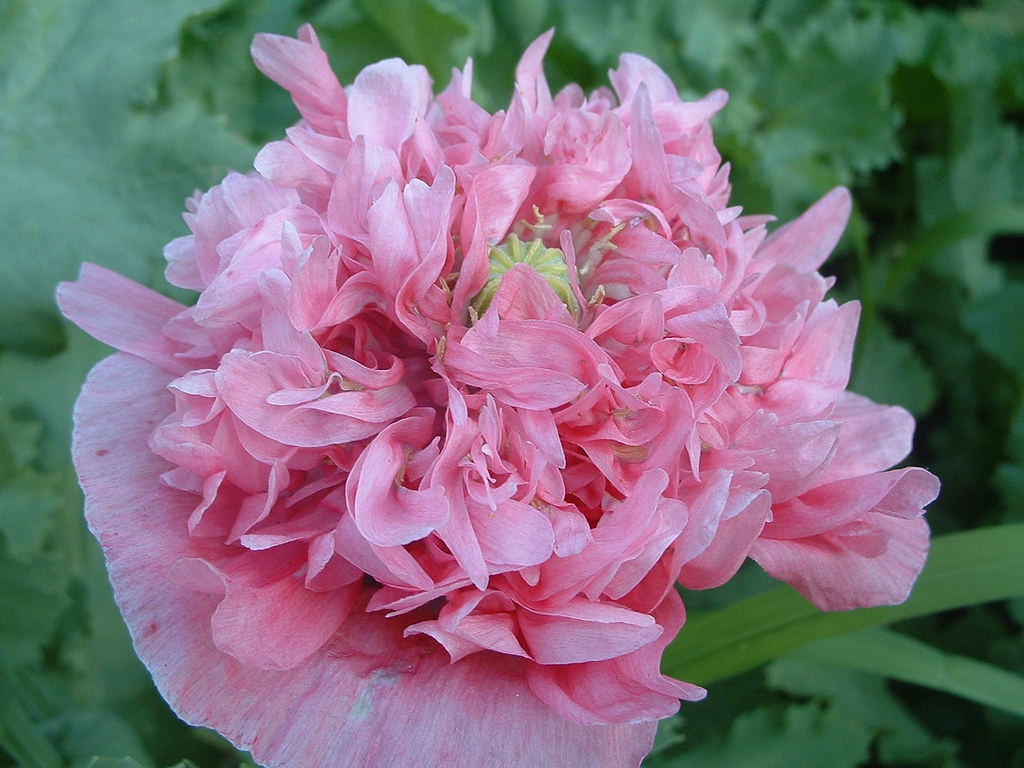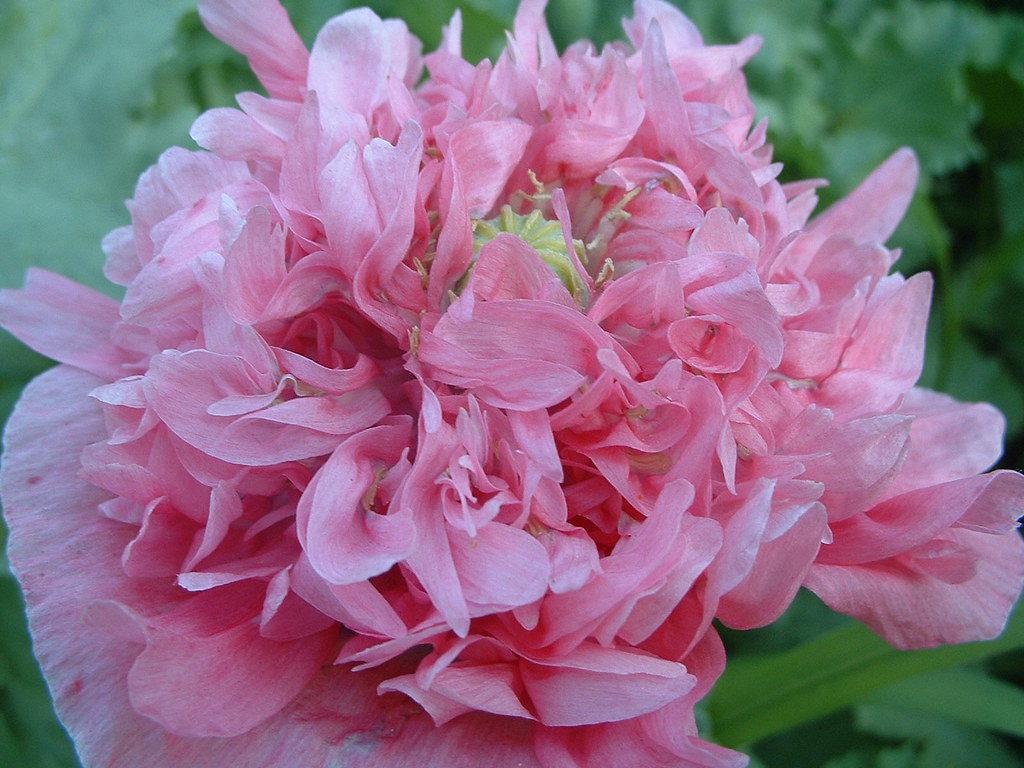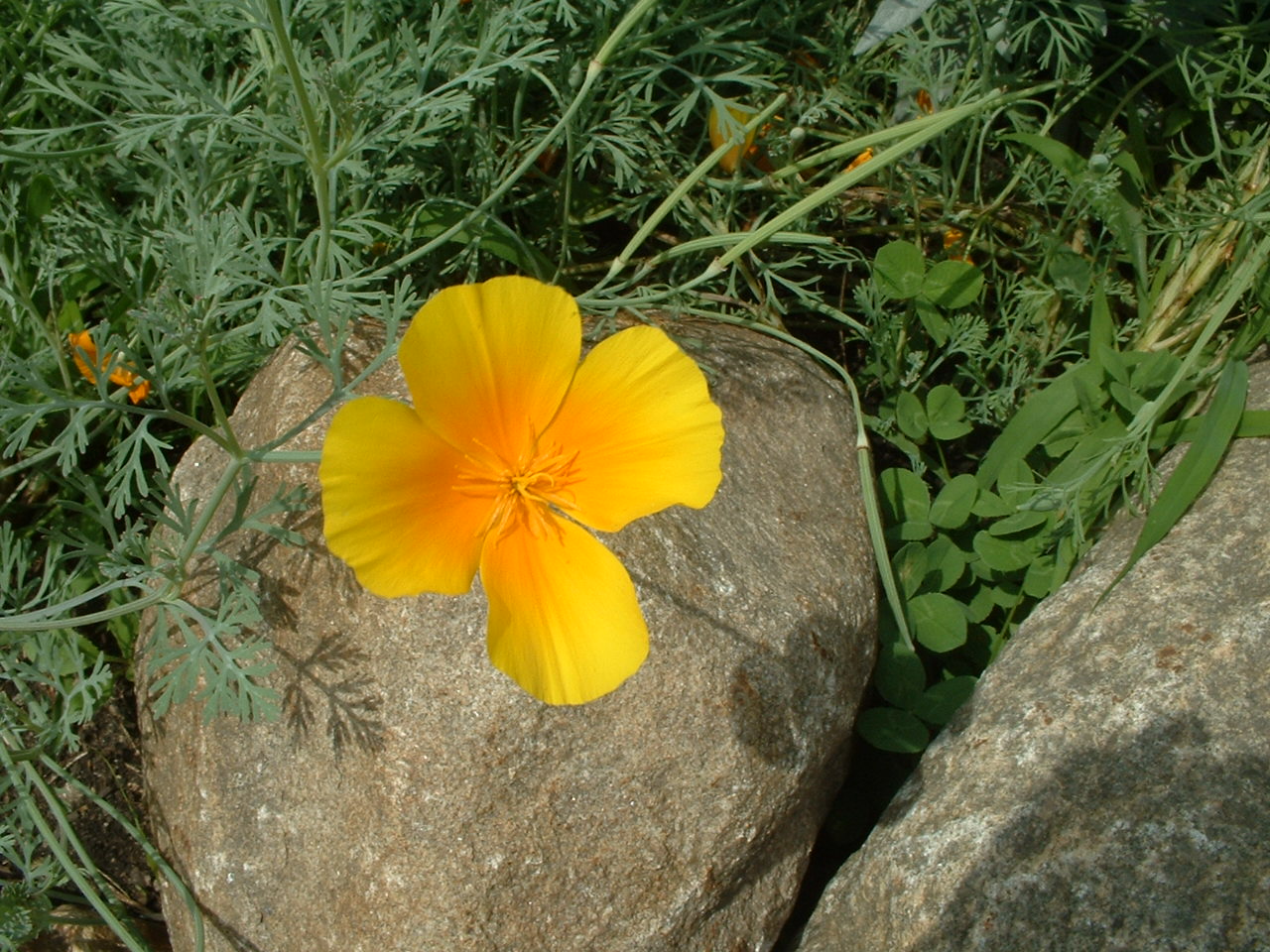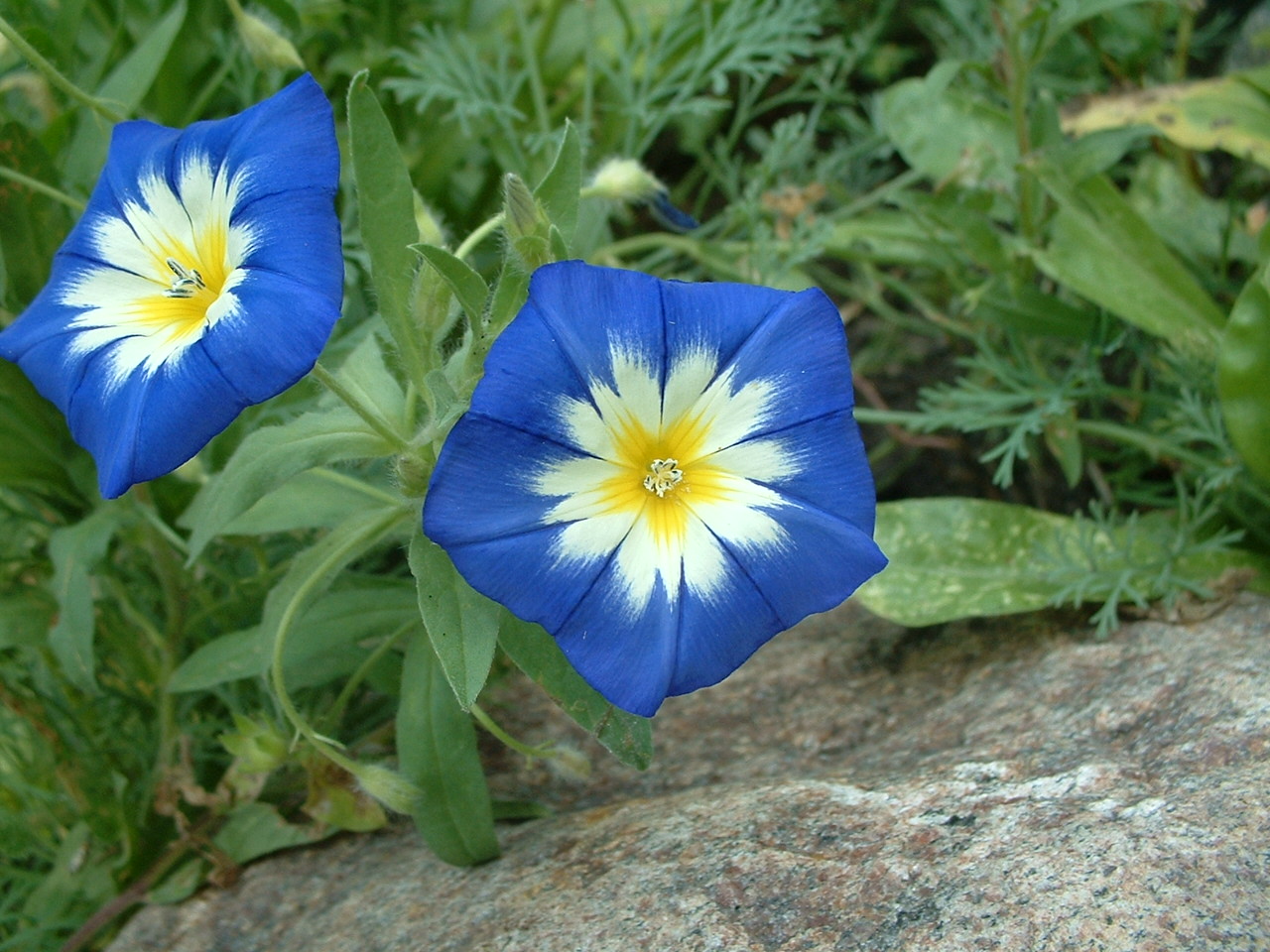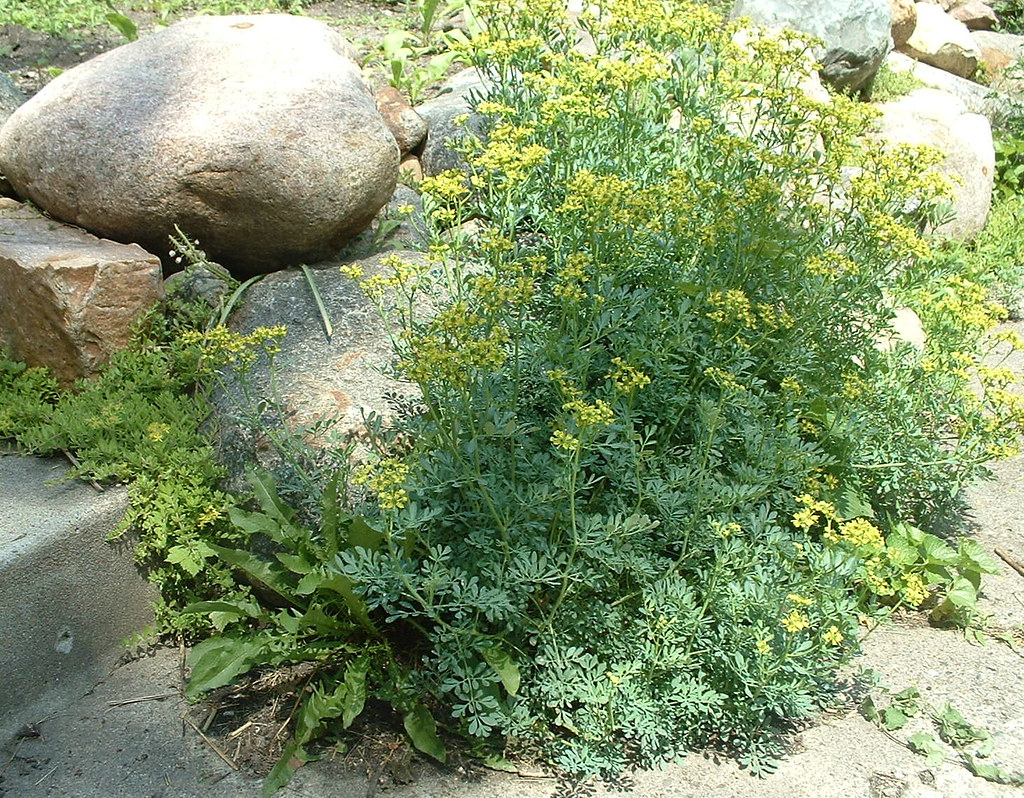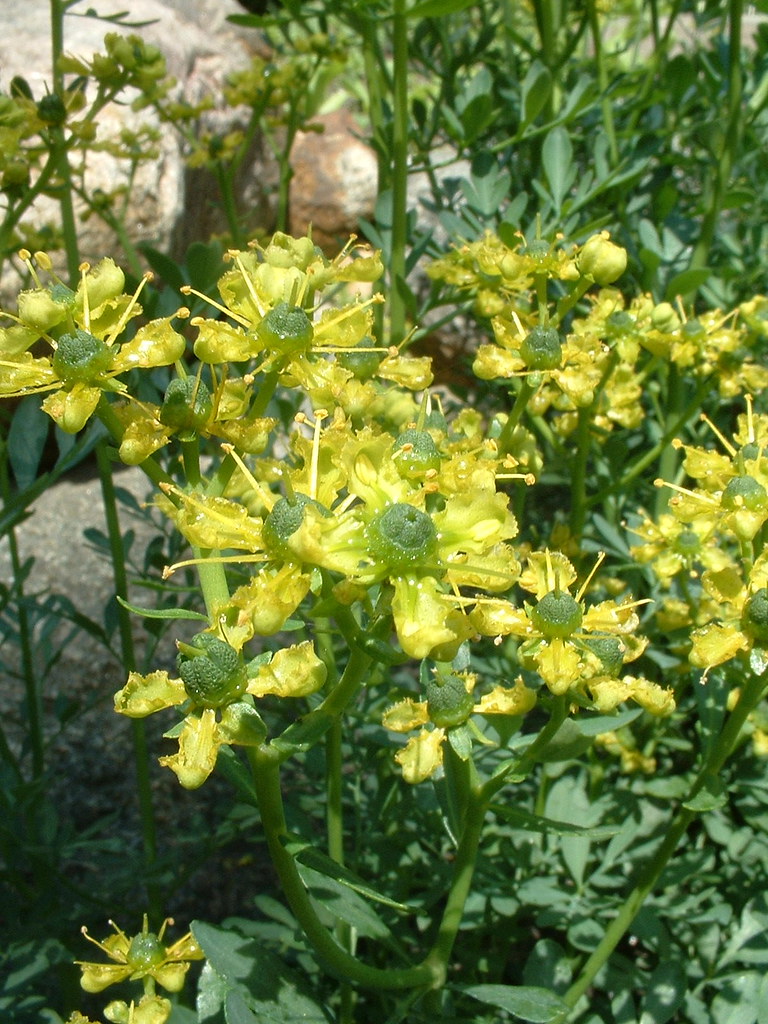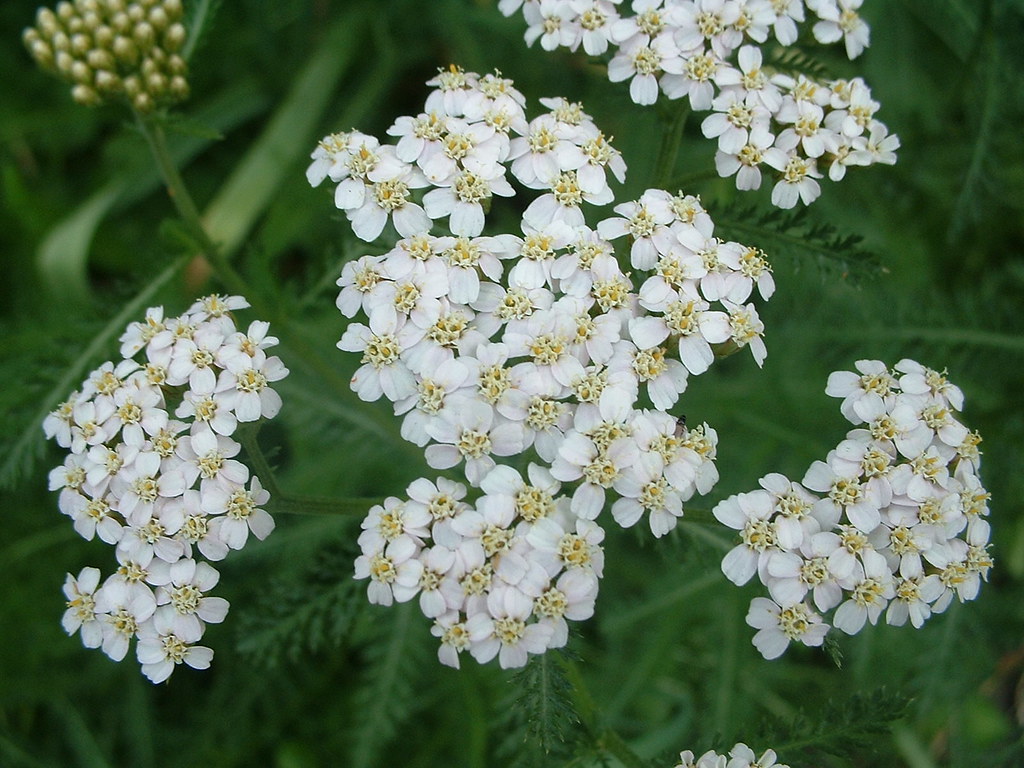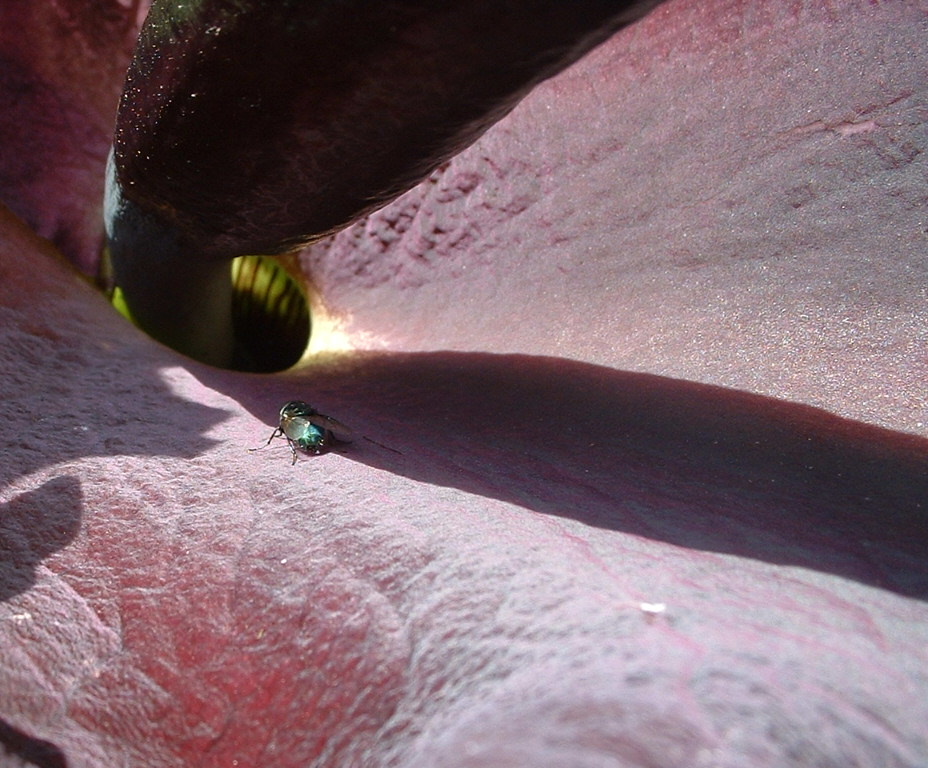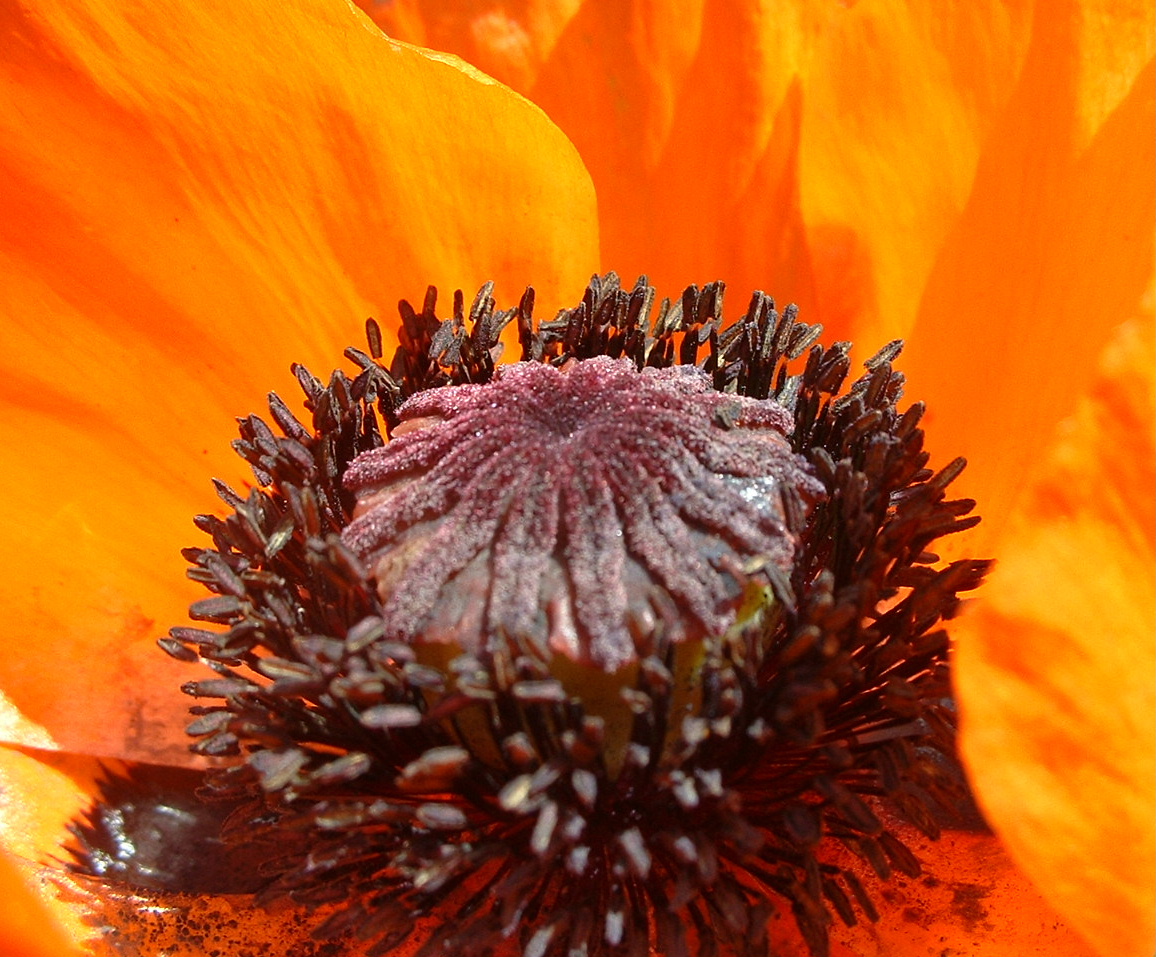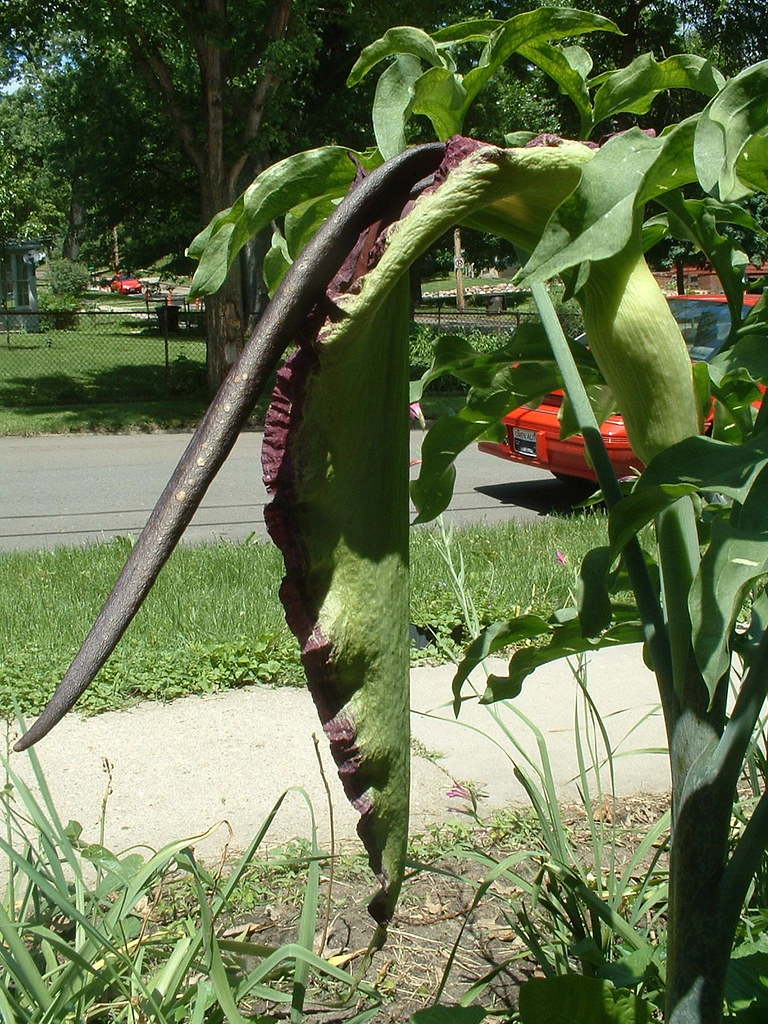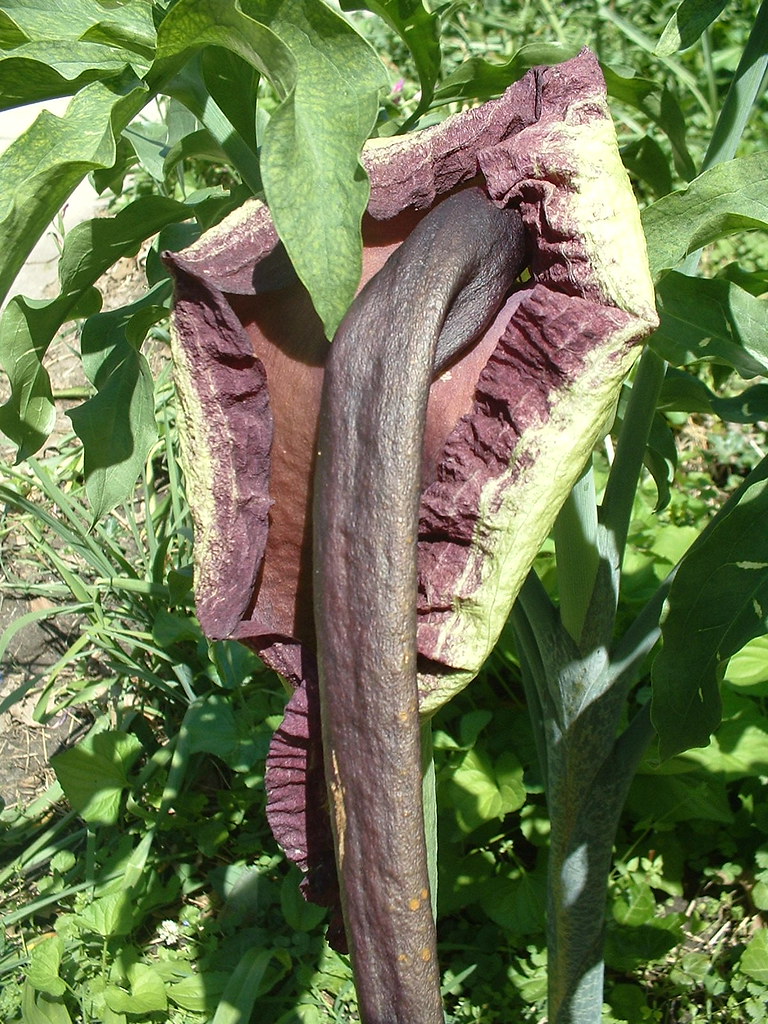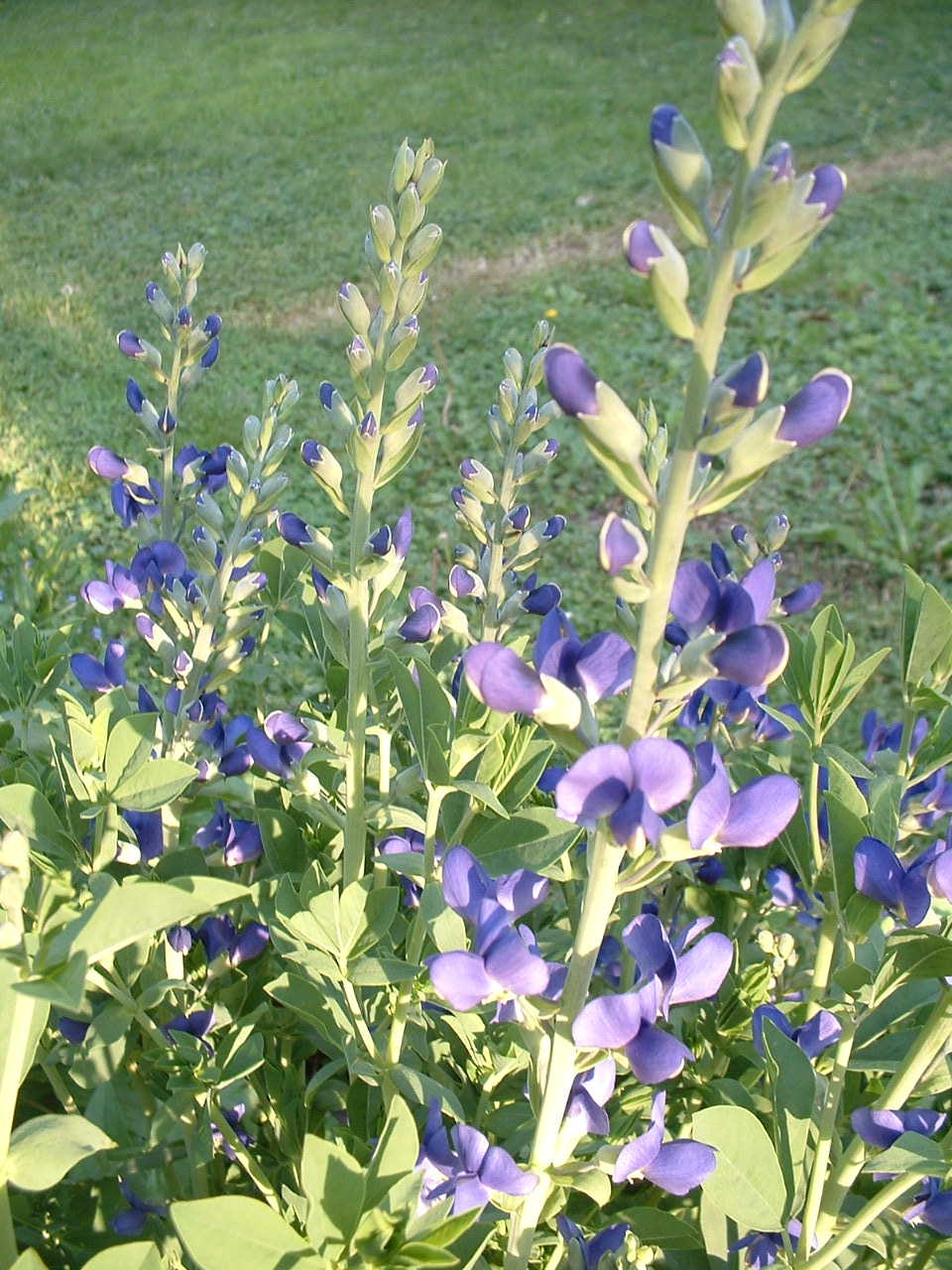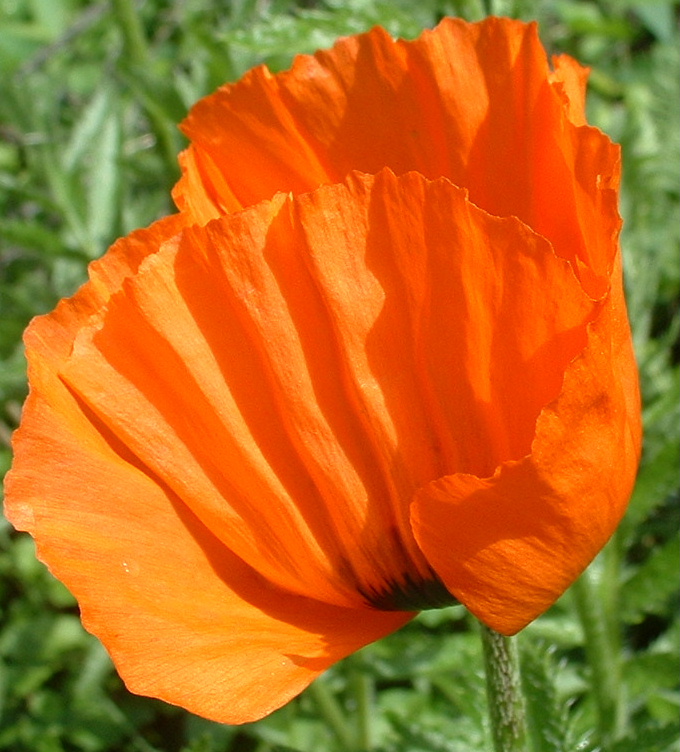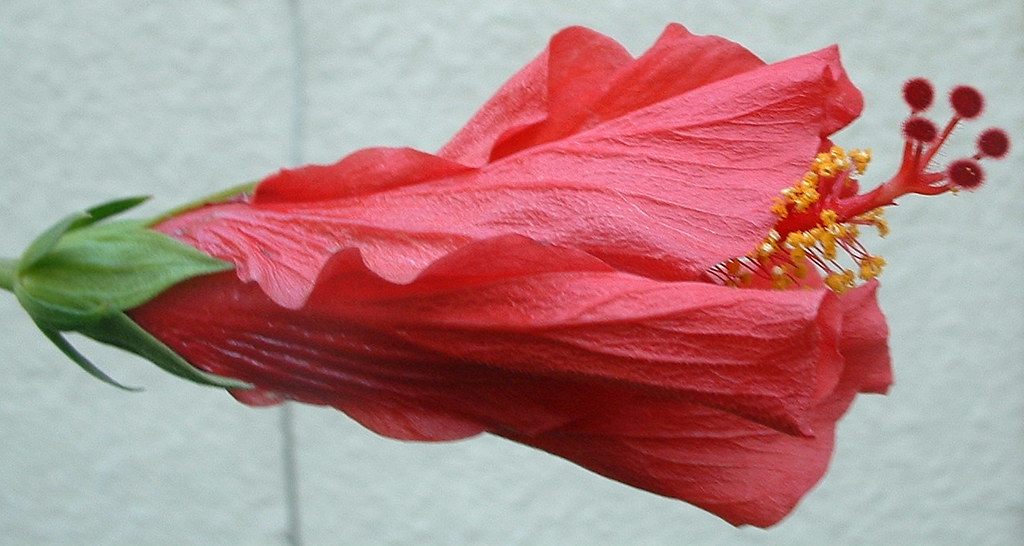 Just a quick post tonight, since I've been trying to take it easy today ... haven't been feeling so great the past few days, so hopeful I got my batteries recharged today!
Just a quick post tonight, since I've been trying to take it easy today ... haven't been feeling so great the past few days, so hopeful I got my batteries recharged today!
These are two shots of the hibiscus taken this afternoon... (Brilliantissima is the red one and the other, of course, is our new girl, Erin Rachel.) I don't usually think to turn the lens on the spent blooms (the red one was blooming yesterday), but I thought this looked like it might be an interesting perspective on the IBs ... I kind of like how it turned out, all horizontal and everything. Erin Rachel is turning out to be one gorgeous plant, who's going to soon find more space in a bigger pot. Seems like that feeding with fish emulsion was appreciated, as she's putting on tons of buds, along with Brilliantissima.
Tomorrow I vow to get some more weeding and seeding done, but that job just never ends around here! Wish me luck ...

Tonight's Movie Choice at Casa IVG is Breakfast of Champions, a 1999 adaptation of Vonnegut's classic novel directed by Alan Rudolph (a personal favorite of mine and former acolyte of Robert Altman). Don't let Bruce Willis scare you off, because if he hadn't gotten involved producing, this film would never have been made. And he's actually quite good in the role of Dwayne Hoover. It's a goofy, somewhat surreal romp through suburbia, and though of course it can never fly to the heights of Vonnegut's inspired fantasy, it does a pretty damn good job. Worth a look if you're a Vonnegut fan ... others, I'm afraid (especially those who haven't read the book) might be a bit confused and bewildered by it ... I guess it's one of those films you either love or hate. We love it, and just got the DVD yesterday to replace the aging VHS copy we've had for several years. Looking forward to seeing it again after quite a while! You can buy it here on Amazon, for a nice price!

